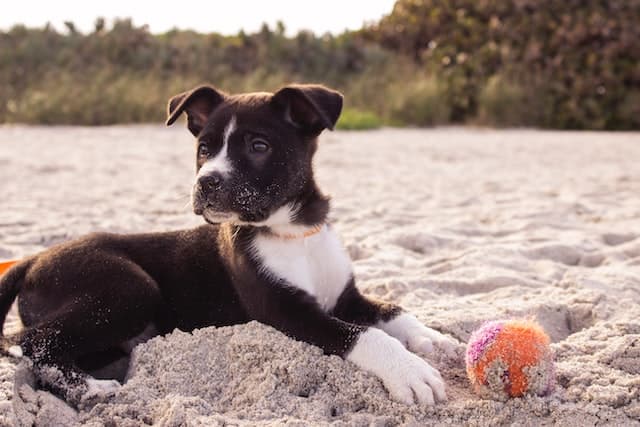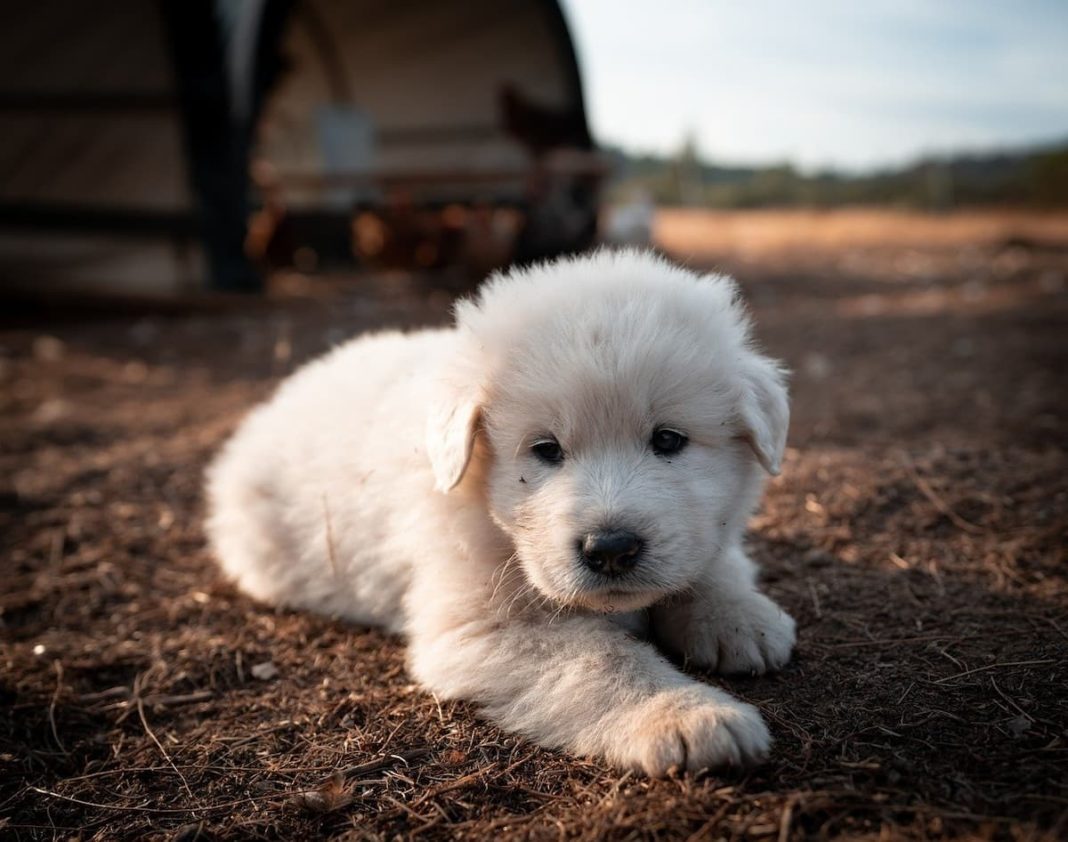Nervous About Getting A Dog
It can be a nervous time when bringing home a dog, especially if it’s your first dog. We’ve put together some suggestions to help you with a few of the most important things to take into consideration. Remember, you’re going to do great!
When bringing a new dog into your life, you’ll want them to get on well with any other family pets and family members, so they can quickly feel like another member of the family.

Your First Day
Bringing home a dog for new pet parents can be a nervous time — your new dog feels the same way! Make sure to give the dog time to acclimate to their new home and family before introducing them to people outside of the home. If you have children, make sure they know how to approach the dog without overwhelming it.
When you pick up your new dog, remember to ask what and when it was fed. Try to replicate that schedule for at least the first few days. If you intend to switch to a different brand, you should do it over a period of about a week by adding one-part new food to three parts of the old for several days; gradually switching to half new food, half old, and then one part old to three parts new.
On the drive home, make sure your dog is safely secured, preferably in a crate. Some dogs can find car trips stressful, so having the dog in a safe place will make the trip home a lot easier for them and you.
As soon as you get home, take your dog to their toileting area immediately and spend a good amount of time with them, so they’ll get used to the area and relieve themselves. It’s important to note that even if your dog relieves itself during this time, be prepared for accidents. Coming into a new home that has new people, and unfamiliar smells and sounds can throw even the most housebroken dog off-track, so it’s best to be ready just in case.
From there, you should begin your schedule of feeding, toileting, and play/exercise. From the first day, your dog will need family time and brief periods of solitary confinement. Start giving attention to your dog for good behavior, such as chewing on a toy or resting quietly.
For the first few days, remain quiet and calm around your dog, and try to limit too much excitement (such as the dog park or neighborhood children). Not only will this allow the dog to settle in easier, it will also give you more one-on-one time and will allow you to get to know them and their likes/dislikes.
Objects that came from the previous dog’s home like leashes, hands, rolled-up newspapers and magazines, feet, chairs, and sticks are just some of the pieces of “training equipment” that can be used with the dog. When using words like “come here” and “lie down”, may bring a different reaction other than the one you expect. If you’re adopting a dog, the dog may have led a sheltered life and was never socialized to children or sidewalk activity. If you’re in this situation, it’s essential to have patience, as the dog may be the product of a never-ending series of scrambled communications during the beginning.
If your home has balconies, elevated porches, and decks, keep your dog from these areas. Make sure to keep all cleaning supplies, detergents, bleach, and other chemicals and medicines out of your dog’s reach, preferably on high shelves.
Make sure there are no poisonous houseplants, such as amaryllis, mistletoe, holly, or poinsettia, or at least keep them in hanging baskets up high, where the dog can’t reach them.
Other things to take into consideration would be to keep toilet lids closed, unplug electrical cords and remove them from the floor, and keep plastic bags and ribbons out of your dog’s reach.
First Few Weeks
It’s common for people who bring a new dog into their home to say that they don’t see their dog’s true personality until several weeks after adoption. Your dog may be a bit nervous and uneasy at first as they get to know you. Just be patient and understanding while also keeping to the schedule you want to maintain for feeding, walks, etc. This schedule will show your dog what they should expect in the future.
If you have questions about your schedule, discuss it with your veterinarian. Also, make sure that your dog has all the necessary vaccines. You may be interested in taking your dog to group training classes or the dog park. When your dog is out with other dogs, keep a close eye on your dog’s body language to be sure they’re having a good time — and aren’t fearful or a dog park bully.
To have a long and happy life together with your new dog, stick to the original schedule you created, ensure that your dog always has food, potty time, and lots of attention. It won’t take long for you two to be bonded!
If you encounter any behavior issues you’re unfamiliar with, you can get in contact with a local trainer. Pick a trainer who uses positive reinforcement techniques to help you and your dog overcome these behavior obstacles in the future.
Make sure to bring your dog to your local veterinarian for regular check-ups.
Conclusion
Don’t worry if you’re feeling nervous and anxious about bringing home a new dog. It’s completely normal for many because you’re taking on extra responsibility.
Indeed, taking care of a puppy is similar to taking care of a newborn baby. And it’s not going to be easy, but trust me, it’s all worth doing and you won’t regret it after your dog has finally settled in.
In general, make sure that your dog’s food and water needs are met, and that no one else in the household is annoying the dog. If you’re unsure of what your dog’s basic needs are, look for information from your local humane society.








